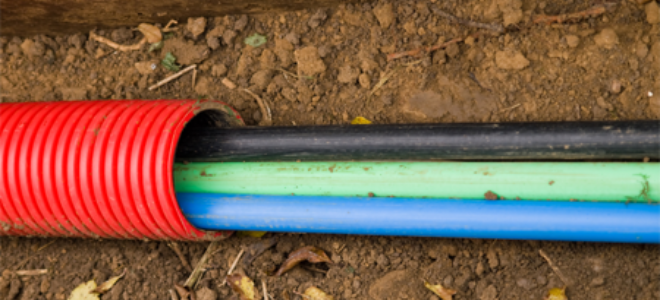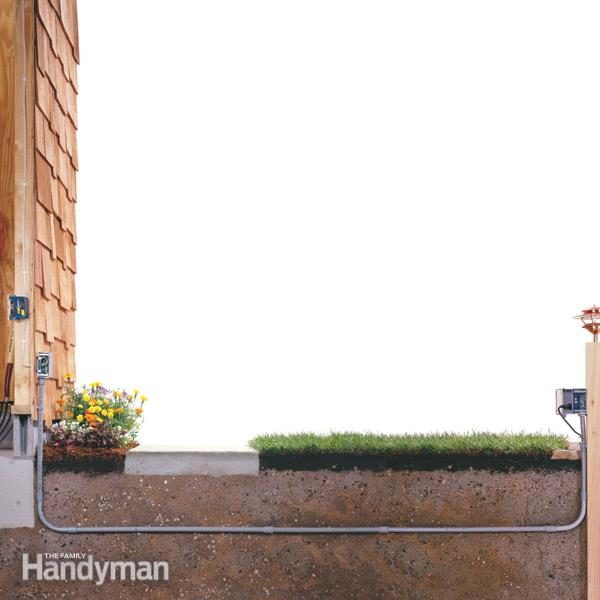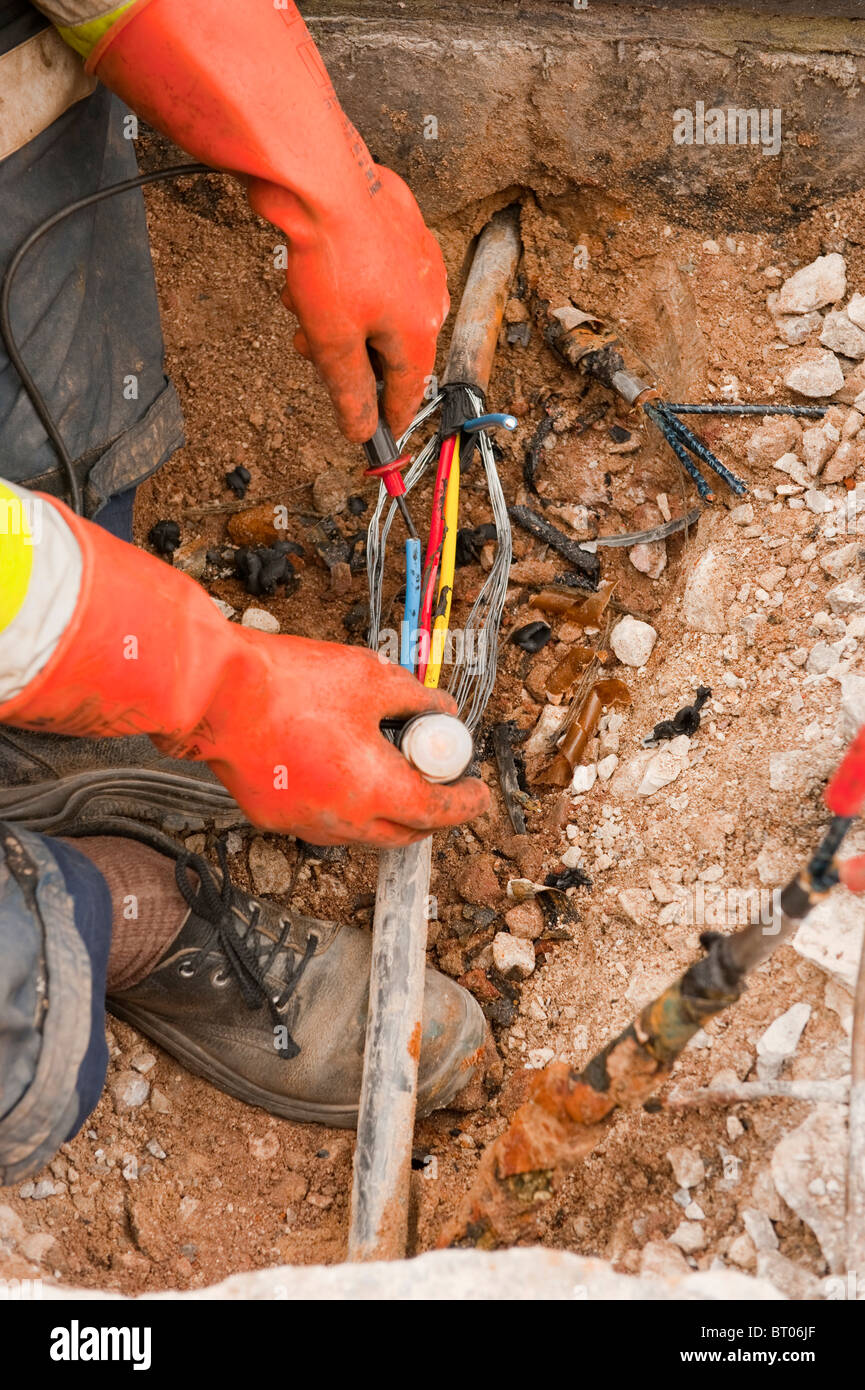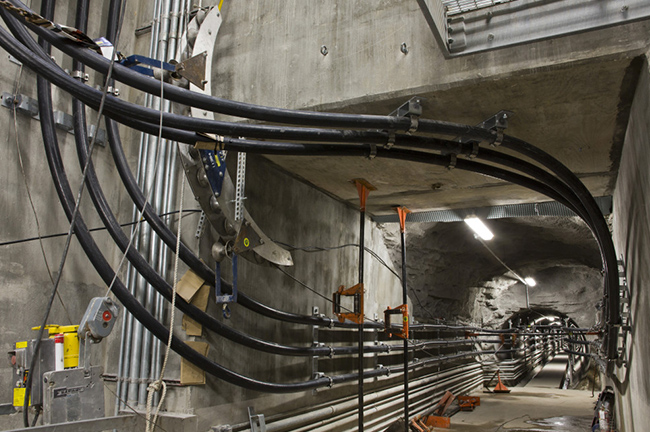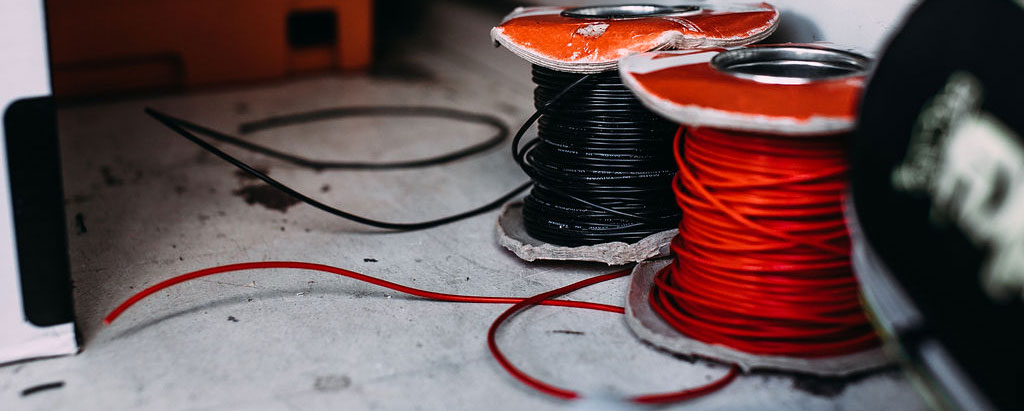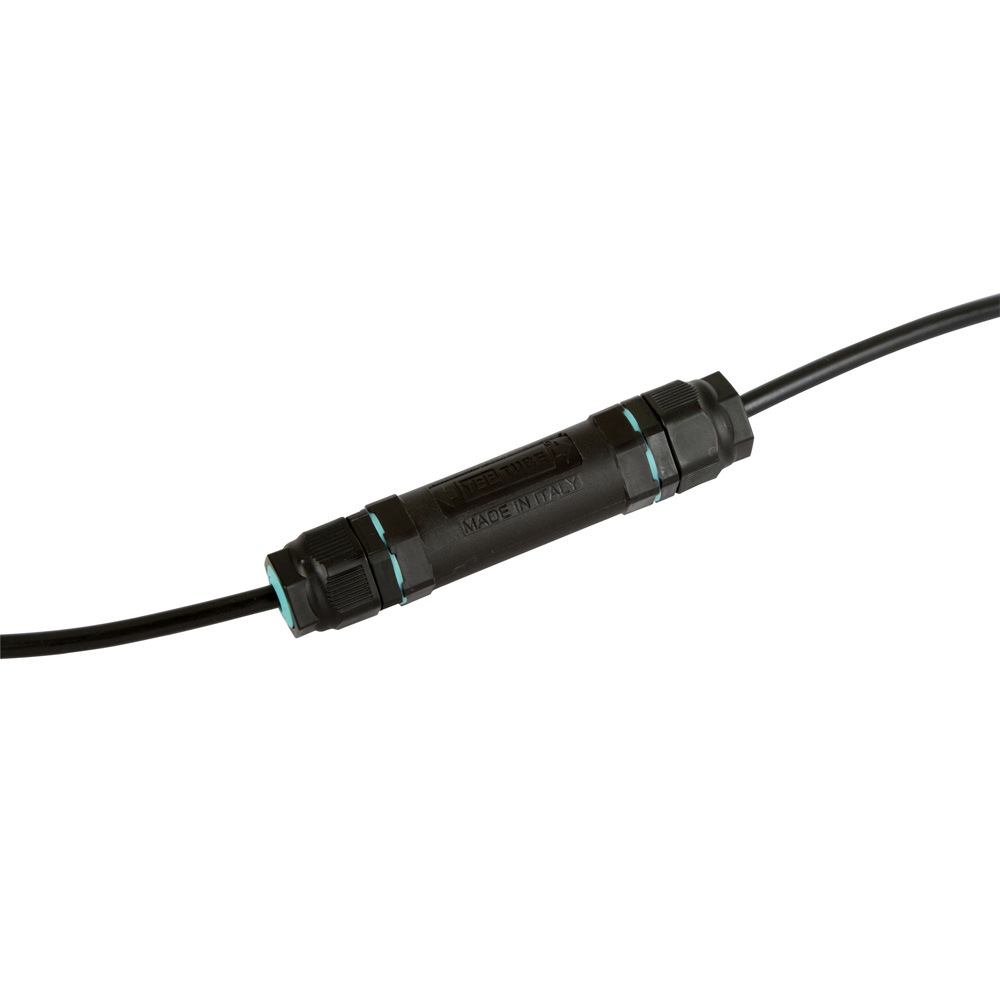Joining Electrical Cables Underground

Methods for splicing underground electrical cables electrical question.
Joining electrical cables underground. By law wire splices connections between two or more electrical wires must be made with approved electrical connectors. How are underground electrical power cables spliced. May incur a small fee. Underground feeder cable is designed to be directly buried into the ground as a non metallic sheathed cable.
And the wire insulation 5 8 in. Underground cable for running electrical power to a remote location can be installed at different depths depending on the type of conduit and type of wire used. The best practice is to call and ask. First and most importantly make sure you turn main electrical supply off before digging or attempting any repair to or addition to the electrical wire underground.
Decide how much digging you re prepared to do which determines the type of wire you need to use. Locating other underground wires for light poles barns pools garage etc. We have an underground power cable network. Then strip back the sheathing 2 in.
Further the vertical runs where the cable descends into the ground at the house side and emerges up from the ground at the outbuilding. Cut the cable about 12 in. Electrical cable depth options. More product details close.
On either side of the break. This cable is ul listed. Use two special underground splice kits sold at home centers to connect the new cable section. Replace the whole section of cable that you dug up with the same gauge uf underground feeder cable.
We used some cable splice kits for jointing the under ground power cables however they did not work. Underground feeder cable is designed this 250 ft. Sizing the conductors. For a 6 in deep trench use galvanized rigid metal electrical conduit with individual conductors inside.
Now the contractor is suggestion to use resin filled cable joint kits. Laying uf underground feeder cable directly into the ground this is known as direct burial and if you do this the uf cable must be at least 24 inches below the surface of the ground to minimize the chance of the cable being pierced by routine shoveling. The most common types of approved connectors are twist on plastic caps commonly known by the brand name wire nuts and the relative newcomers push in connectors.
